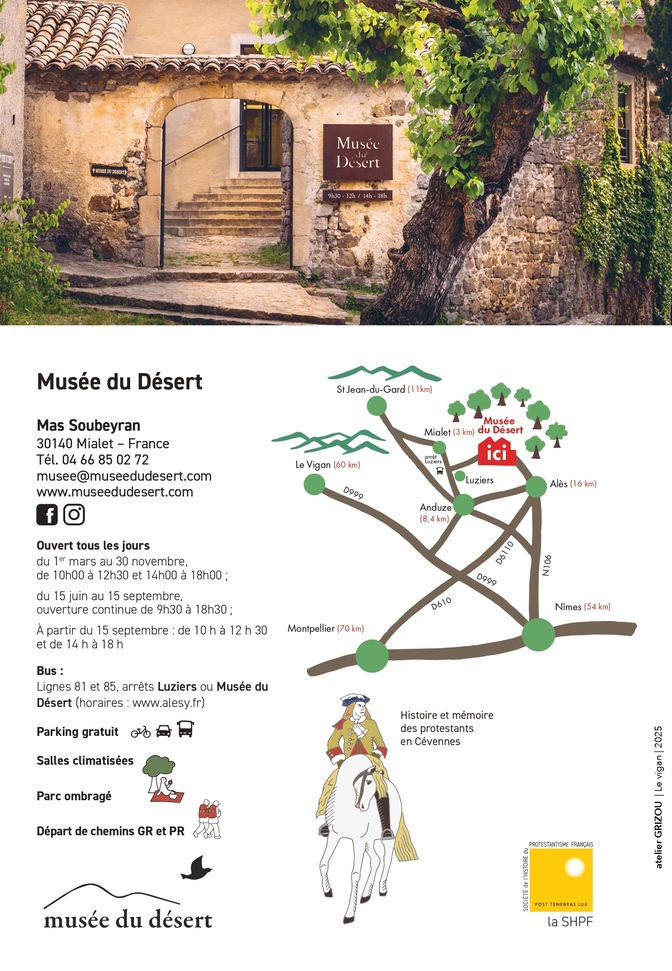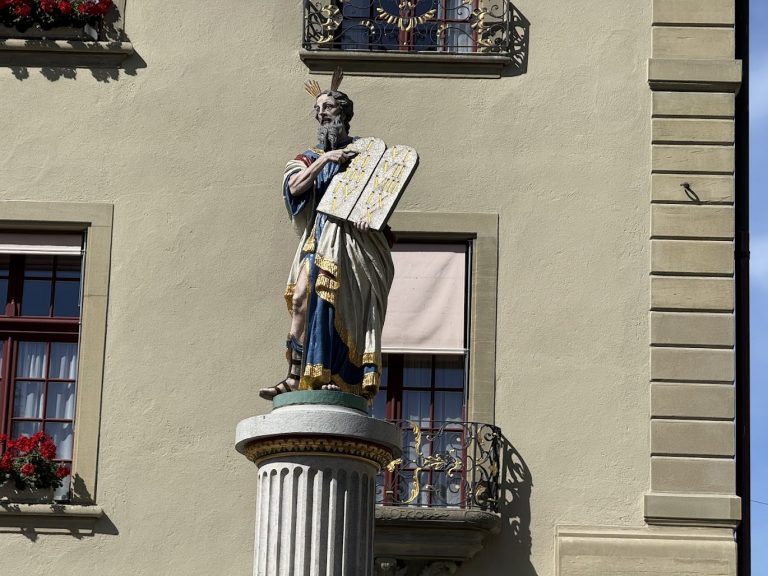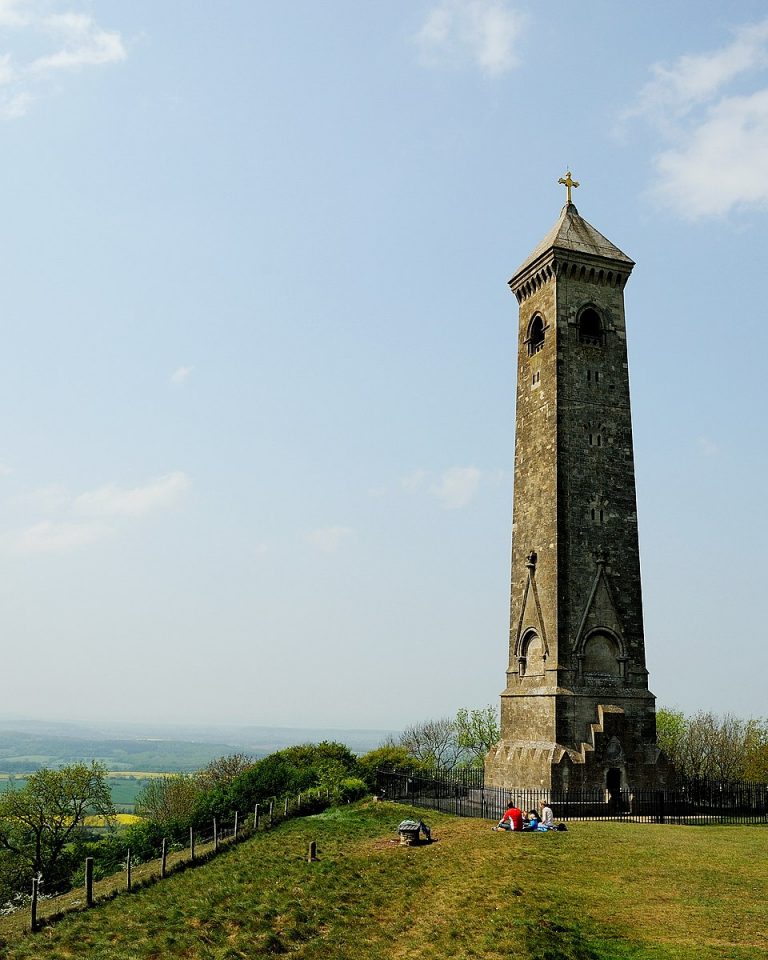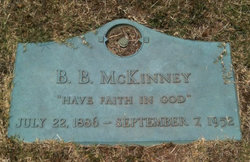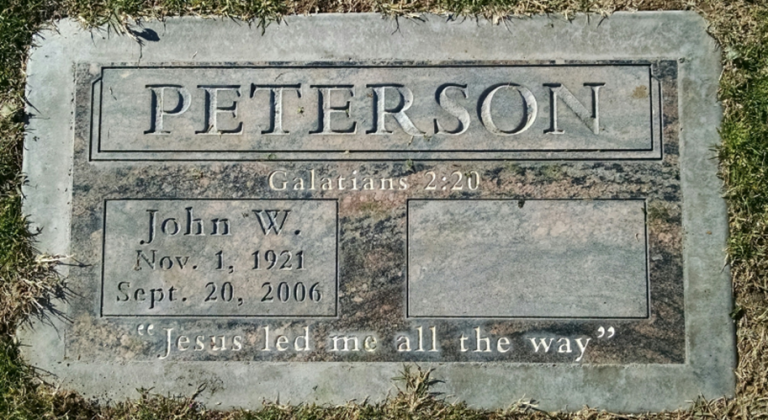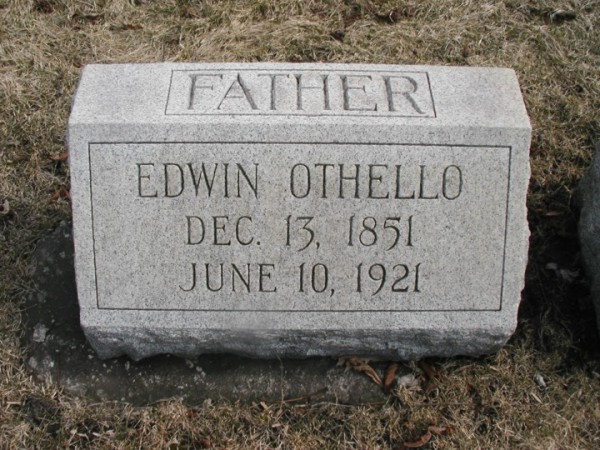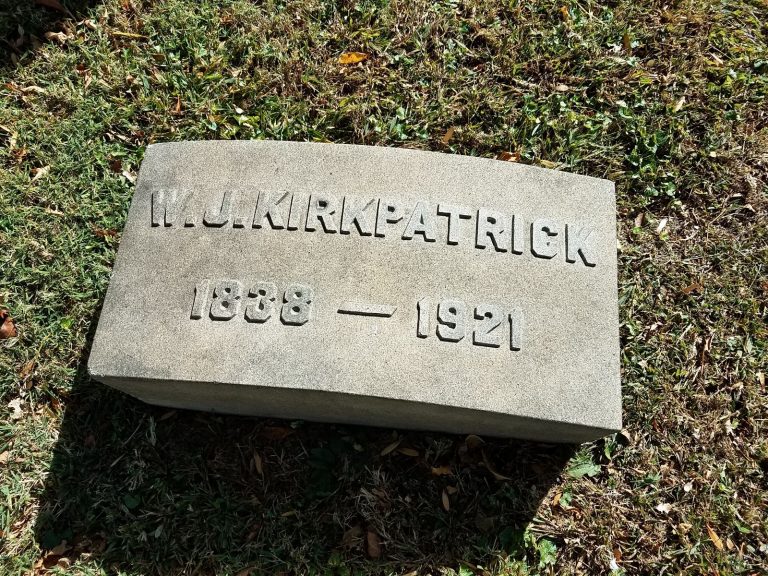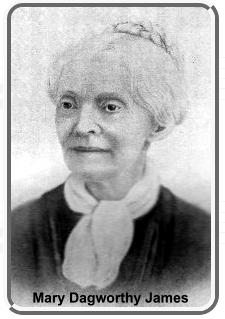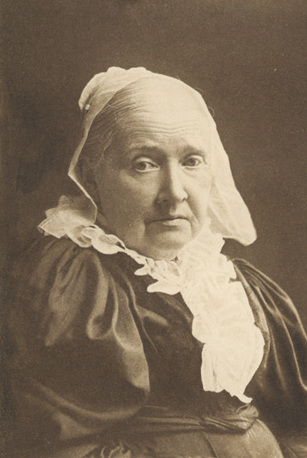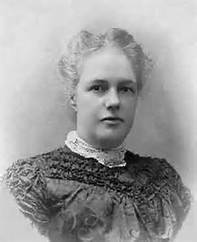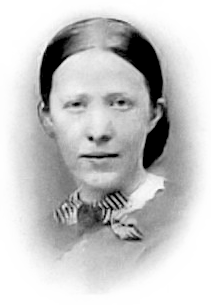Favorite
From Wikipedia: Le Musée du Désert is a museum dedicated to the history of Protestantism in France, particularly in the Cévennes. Its name refers to the Désert, the period between the Revocation of the Edict of Nantes and the Edict of Versailles (1685–1787) during which Protestantism was illegal in France. The museum, formerly the house of the Camisard leader, Roland Laporte, is situated at Mas Soubeyran, in the commune of Mialet, département Gard, not far Read more...
Favorite
From Worms.de The world’s largest monument to the Reformation, inaugurated in 1868. Luther’s hymn “A Mighty Fortress is our God”, hewn in stone, frames the bronze statues. Martin Luther rises above earlier reformers, the ‘proto-reformers’, surrounded by lords, scholars and personifications of important cities from the immediate and subsequent history of the Reformation. Bronze reliefs depicting scenes from the Reformation Read more...
Favorite
From Wikipedia: A bronze statue of reformer and theologian Martin Luther, which survived the bombings, has been restored and again stands in front of the church. It is the work of sculptor Adolf von Donndorf from 1885. Photograph Bundesarchiv, Bild 183-60015-0002 / Giso Löwe / CC-BY-SA 3.0 Read more...
Favorite
From Wikipedia: The Luther Monument is a public artwork located in front of Luther Place Memorial Church in Washington, D.C., United States. The monument to Martin Luther, the theologian and Protestant Reformer, is a bronze, full-length portrait. It is a copy of the statue created by Ernst Friedrich August Rietschel as part of the 1868 Luther Monument in Worms, Germany. The version in Washington, D.C., inspired the installation of many other castings Read more...
Favorite
From Museum of Protestants: The first wave took place between 1540 and 1590 and mainly concerned Geneva. During the second wave, before and after the Revocation of the Edict of Nantes in 1685, refugees came mostly from the Dauphin, Cévennes and Languedoc regions; the major route of exodus was the passage from Lake Geneva to the Rhine River. The roads Read more...
Favorite
From the Museum: On February 24, 1527, a secret meeting of the massge-Bend Anabaptists from Swiss and southern Germany took place. Under the Management by Michael Sattler, a former monk from the St. Peter Monastery The previously inconsistent views and teachings were presented in seven articleskeln redefined. They are available as «Schleitheimer Articles» or as «Schleitheimer Confession» went down in Read more...
Favorite
Beautiful statue of Moses holding the Ten Commandments above the Water Fountain. From Wikipedia – regarding the Horns of Moses: Depictions of a horned Moses stem from the description of Moses’ face as “cornuta” (“horned”) in the Latin Vulgate translation of the passage found at Exodus chapter 34, specifically verses 29, 30 and 35, in which Moses returns to the people after receiving the Read more...
Favorite
In 1845 President James K. Polk attended the Foundry Church, located on this spot (it has since moved to the East). “Attended the Methodist Church (called the Foundery Church) today, in company with my private secretary, J. Knox Walker. It was an inclement day, there being rain from an early hour in the morning, and Mrs. Polk and the ladies Read more...
Favorite
From Wikipedia: The Tyndale Monument is a tower built on a hill at North Nibley, Gloucestershire, England. It was built in honour of William Tyndale, an early translator of the New Testament into English, who was born nearby. It is a Grade II* listed building.[2] The tower was constructed in 1866[2] and is 111 ft (34 m) tall.[3][4] It is possible to enter and climb up a spiral staircase composed of 121 Read more...
Favorite
Author: Wherever He Leads, I’ll Go “The radiant and gentle life of B. B. McKinney exemplified his Christianity as he lived and walked among men. As one of our foremost and very meaningful song writers and singers, he was always so modest, never wanting any credit for his ability, but just ever trying to use the talent God had Read more...
Favorite
Hymn History: Surely Goodness and Mercy & Authors: John W. Peterson and Alfred B. Smith “This song was born … emphasizing God’s goodness and mercy as well as God’s guidance through cold nights and lonesome valleys. It’s such a fun song to sing!” (TheScottSpot) “One day while improvising at the piano in my Montrose, PA studio, Alfred B. Smith, with Read more...
Favorite
Hymn History: Surely Goodness and Mercy & Authors: John W. Peterson and Alfred B. Smith “This song was born … emphasizing God’s goodness and mercy as well as God’s guidance through cold nights and lonesome valleys. It’s such a fun song to sing!” (TheScottSpot) “It has been a great joy over these many years to be able to take some Read more...
Favorite
Hymn History: Since I Have Been Redeemed & Author: Edwin Othello Excell “It must be said of this hymn that it was the outgrowth of many tears, many heart-conflicts, and soul-yearnings, of which the world can know nothing. The history of many battles is behind it.” (William Orcutt Cushing) The Origins of the Hymn “Since I Have Been Redeemed” Read more...
Favorite
Hymn History: Tis So Sweet & Composer: William James Kirkpatrick The Origins of the Hymn “’Tis So Sweet to Trust in Jesus” Few hymns express the simple, childlike faith of trusting in Christ as tenderly as “’Tis So Sweet to Trust in Jesus.” For more than a century, it has been sung in churches around the world, offering comfort Read more...
Favorite
“Mary Dagworthy James authored approximately 50 hymns and wrote articles for several publications, including the Guide to Holiness, The New York Christian Advocate, The Contributor, The Christian Witness, The Christian Woman, The Christian Standard, and the Ocean Grove Record” (Hymnary) The Origin of the Hymn “All for Jesus” by Mary Dagworthy James Among the hymns that speak of complete Read more...
Favorite
“Surely martyrs, irrespective of the special phase of the divine idea for which they gladly give up their bodies to torture and to death, are the truest heroes of history.” (Katherine Lee Bates) The Origin of the Hymn “America the Beautiful” Among the patriotic songs that stir the American heart, few have the same blend of reverence, poetry, and Read more...
Favorite
“I am confirmed in my division of human energies. Ambitious people climb, but faithful people build.” “The strokes of the pen need deliberation as much as the sword needs swiftness.” (Julia Ward Howe) The Origin of the Hymn “Battle Hymn of the Republic” Few songs hold as deep a place in American history as “The Battle Hymn of the Republic.” Read more...
New
Favorite
Hymn History: Before the Throne of God Above & Author: Charitie Lees Bancroft “Thy way is best, my Father, Though full of clouds, it be.” (Charitie Lees Bancroft) The Origin of the Hymn “Before the Throne of God Above” Hymns have long served as theological guides, shaping the way believers understand and express their faith. Few hymns illustrate this better Read more...
New
Favorite
Hymn History: Break Thou the Bread of Life & Author: Mary Artemisia Lathbury Come, O Creator, Spirit blest! And in our souls take up Thy rest; Come, with Thy grace and heavenly aid, To fill the hearts which Thou has made.” (Mary Artemisia Lathbury) The Origins of the Hymn “Break Thou the Bread of Life” Among the many hymns Read more...
New
Favorite
Hymn History: Come Thou Fount & Author: Robert Robinson “For disentangling a subject from confusion, for the power of development, for genuine simplification, for invention — what writer ever surpassed Robinson of Cambridge?” (Edwin Hatfield) The Origin of the Hymn “Come, Thou Fount of Every Blessing” Among the hymns that have stood the test of centuries, few express the Read more...
